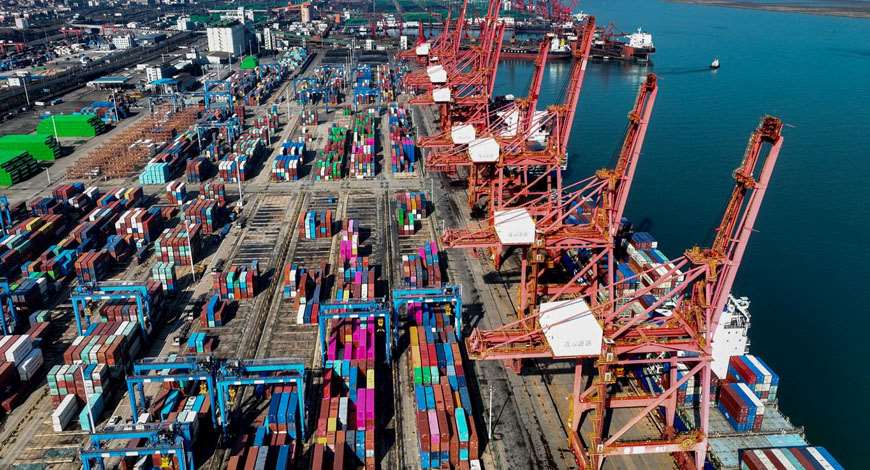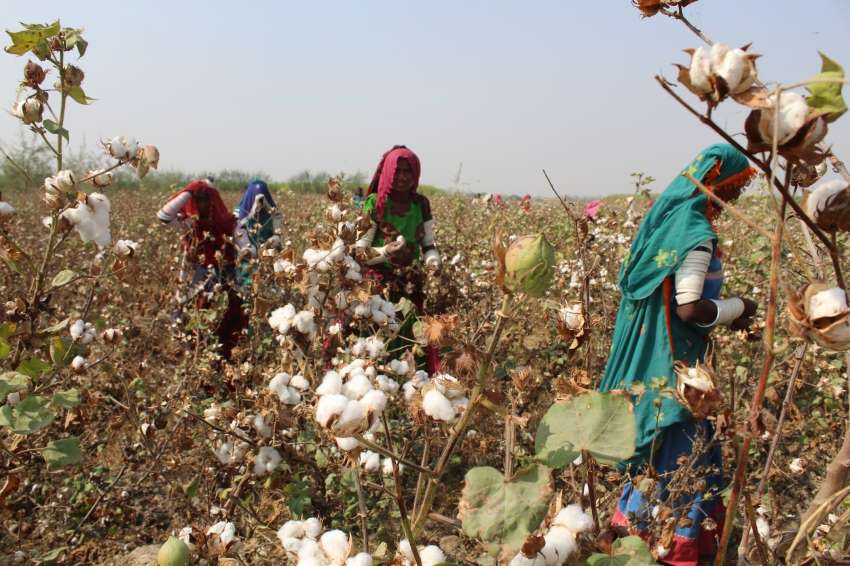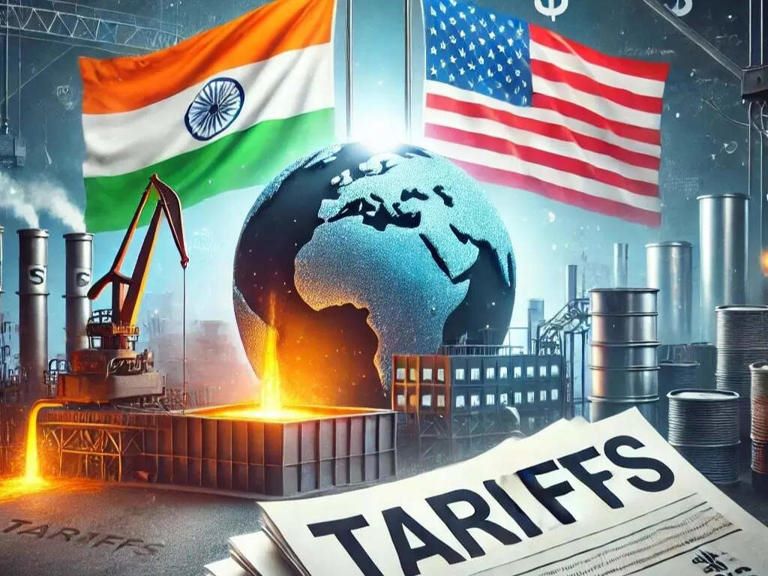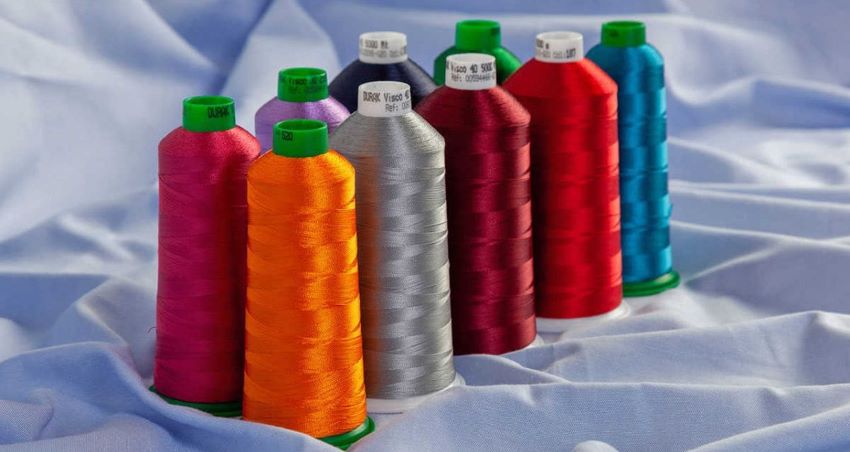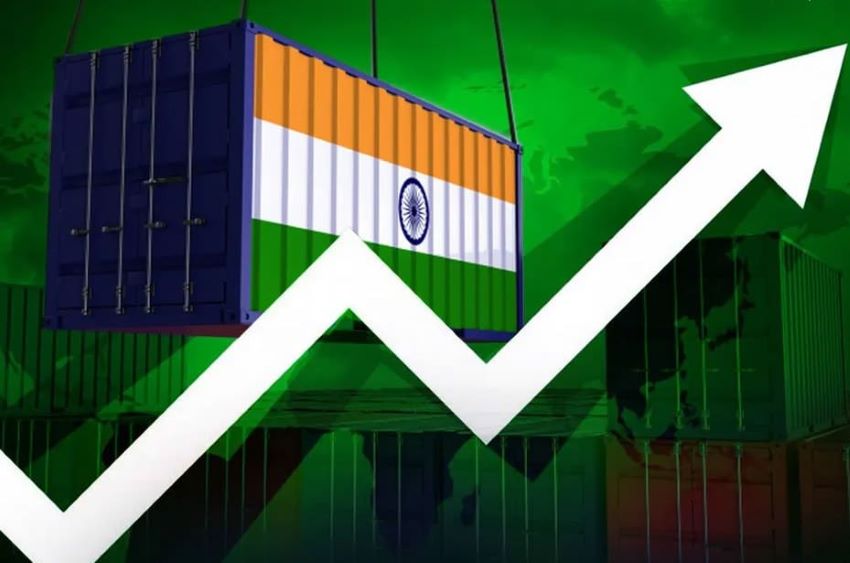FW


After increasing 16 percent to 9.4 million tons in 2014-15, stocks held outside of China are expected to decrease by 4 per cent, to 9 million tons, by the end of 2015-16. Much of the world’s excess stock is held by the Chinese government due to purchases made by the China National Cotton Reserve Corporation under its stockpiling policy from 2011-2014. The reserve made its final purchases of the 2013-14 crop in March 2014 with sales continuing through August 2014, ending with an accumulated volume of around 11.3 million tons. On July 10, the Chinese government started selling its stockpiles at prices close to the current domestic market price in the hopes of maintaining market stability. The cumulative volume of cotton sold through the end of July is around 40,000 tons.
India’s ending stocks are estimated at 2.2 million tons in 2014-15, which is the second largest volume of stocks. Part of the increased volume is held by the Indian government, which procured stocks under its minimum price support program. Government purchases in 2014/15 are estimated at around 1.5 million tons, and sales through the end of July at around 650,000 tons. However, exports from India have fallen by 51 per cent to 980,000 tons, also contributing to the piling up of stocks.
Stocks to decrease in 2015-16
Cotton stocks are expected to reduce in 2015-16 as consumption overtakes production for the first time in five seasons. World production in 2015-16 is forecast down 9 per cent to 23.8 million tons. Output is expected to fall from 2 per cent to 16 per cent in the five largest producing countries. Rising costs of production and a decreased subsidy in China are likely to lead to a 16 per cent drop in production to 5.4 million tons. India’s production is forecast down just 2 per cent to 6.4 million tons due to improved yields from better monsoon weather this season and low prices for competing crops reducing the loss of cotton area. World consumption is projected to rise by 2 per cent to 24.9 million tons in 2015/16. China’s consumption is forecast to remain stable at around 7.7 million tons. However, mill use is expected to grow in the next four largest consuming countries.
World cotton trade is expected to remain stable at 7.7 million tons in 2015-16. In 2015, the Chinese government limited import quota to the volume required under WTO rules of 894,000 tons, in part to spur demand for domestic cotton and Reserve sales. Given the large volume of stocks within China, it will likely maintain the restricted import volumes through 2016, and China’s imports could fall 10 per cent to 1.6 million tons in 2015-16. Imports outside China are forecast to increase by 4 per cent to 6.1 million tons.
The Maharashtra Textile Department and Industries Department has called for investment in its recently inaugurated mega textile park Nandgaon Peth in Amravati district. As per the state textile policy, the Maharashtra Industrial Development Corporation (MIDC)-initiated project will have benefits of 10 per cent capital subsidy and up to seven per cent subsidy. It has seven stars facilities including a common effluent treatment plant.
Nandgaon Peth is intended to be India’s one-stop textile destination for investors. It also has other benefits like an industrial promotion subsidy and stamp duty and electricity duty exemption incentives by the industries department.
The park, houses A to Z support structure in textile manufacturing. At present 500 hectares land has been acquired and out of that 100 hectares have been allotted. Till date, one project is operational, two are under construction and other projects are in progress.
This Amravati textile park has eight major textile units with an investment of Rs 1,243 crores, giving direct employment to 3700 people. More such parks will be set up in Maharashtra. Some of these will be in Yavatmal, Parbhani, Buldana, Nanded, Beed, Jalana and Aurangabad. Cities are selected on the basis of cotton production in the last five years.
Planet Textiles 2015, a conference, which addresses environmental and social impacts of global textile supply chain, will take place on October 14, 2015 alongside the Intertextile Shanghai Apparel Fabrics trade fair. Jointly presented by MCL Global and the fair’s organiser Messe Frankfurt (HK), the conference features 10 presentations from leading experts in the field of sustainability, covering both global and China-specific topics.
After announcing keynote TED.com speaker Hans Rosling, the organisers have said that three high profile presenters from Adidas, VF Corporation and the Beijing-based NGO: Institute of Public & Environmental Affairs will be part of the conference. Ma Jun, Director of the Institute of Public and Environmental Affairs (IPE) will be speaking, along with confirmed speakers Philip Courtenay, Senior VP of apparel sourcing at Adidas Group, and Sean Cady, Vice President of product stewardship and sustainability at VF Corporation.
Ma Jun is a very well-known Chinese environmentalist, environmental consultant, and journalist, who received the Goldman Environmental Prize in 2012 and made the list of FP Top 100 Global Thinkers in the same year. In addition to Cady and Courtenay, speaking on behalf of VF Corp and Adidas respectively, other speakers for the event include senior executives at Bayer Materials and Bluesign technologies. Hans Rosling’s award-winning lectures cover contemporary environmental, economic and social world changes, accompanied by animations and graphics of global trends.
MCL Global, publishes Ecotextile News, Sustainable Nonwovens, Detox Deconstructed, Knitting Trade Journal, EcoComposites, Cotton Horizons and the biannual Eco-Textile Labelling Guide.
www.mclglobal.net
A comprehensive energy management system (EMS) was implemented by 71 textile units who came together for this initiative, coordinated by the Indian Texpreneurs Federation (ITF). The EMS helps monitor energy consumption of every machine round the clock. With this initiative ITF’s aim was to continuously evaluate the machine health and operating practices via the hardware and software installed as part of the EMS.
Karthik Durai, Executive Member, ITF and the coordinator of EMS implementation opines that EMS is unique, in that, it ensures that every machine in these 71 units is fitted with a metre. This metre is capable of reading various parameters such as voltage, current, load consumed and other power factors and the data generated is sent to a common server in the unit to monitor using a software programme.
In the usual energy audits that are occasional, they analyse the total energy consumed with respect to what is required. However, this conventional method can’t find the micro-level defects that are the cause for energy losses. Thus, the new method would not only help the units identify the defects and aspects in individual machines that lead to energy losses, but also the units can adopt corrective measures accordingly. Besides, the ITF has also placed orders for the metres and software solutions that form the EMS with two companies in Chennai and Bangalore. The ITF, instead of just buying products from what these two manufacturers could offer, has based the orders on the monitoring requirements of units.
Karthik added that about 10 per cent energy could be saved by the textile units when the EMS becomes operational, as there’s a round-the-clock monitoring facility.
The world's largest spinner of pure wool and wool blend worsted yarns for circular and flat knitting sectors, Südwolle Group, has developed a new, environment-friendly treatment technology that promises excellent quality yarn. The company says, the new technology delivers fibres with the same strength, the same or better pilling performance, and improved ability to absorb moisture, than conventionally processed yarns. This alternative, Naturetexx Plasma is supposed to be a sustainable alternative to current industry standard super wash, chlorine-hercosett process.
The Südwolle Group purchased the Richter F+A dye house and treatment facility in Stadtallendorf, Germany last year. The facility possesses the technology, and the group has since refined the process for producing the plasma treated yarns. Talking about how the technology works, Hamish Allan, Marketing Manager, Südwolle Group said that process used electricity and air, and is a huge environmental leap forward. It also sets a new standard for wool processing, he added.
Plasma is created by controlled discharge of an electric voltage across a non-conducting gas. The gas is ionised by the voltage into a more reactive fundamental state. When the wool top passes through the plasma field, the surface of the fibre reacts with energised gas, modifying the cuticle scales and removing the wool felting effect.
Naturetexx Plasma, claims the Südwolle Group, is being developed as a genuine alternative to Superwash, rather than just a specialty organic niche treatment.
The Textile Ministry has nominated three kota doriya weavers for National Award as master weavers. This award is to be handed over by Prime Minister Narendra Modi in Chennai on August 7 on National Handloom Day. Mustkin Bhai, Hazi Abdul Hakim Kachra and ex-chairman, municipal corporation of Khetun, Nasiruddin Ansari, have been nominated for this award. All the three weavers have been chosen for their excellence in weaving and hail from Kota’s Khetun village.
All three will be given Rs 1 lakh each under the award, a tamrapatra citation and an angavastram. The brochures, presented on the occasion will carry information about the weavers’ and their art.
Nasiruddin Ansari said that her himself had designed the sari for which he is being awarded. The sari was approved by a jury in Delhi for its uniqueness in design and technicality. He added that this was the first time he was getting such national recognition. However, Ansari has been in the limelight, when the government of Rajasthan had sponsored him for trip to Baku in Russia to showcase his skill in 2006. In 2008 again, the Rajasthan Tourism Department took him on a seven-day trip to Karachi and seven days to Lahore to showcase his talent.
He has also been the corporator for the Nagarpalika in Khetun four times. Besides, he the chairman of the Khetun Nagarpalika from 1994-99 and was the Director, State Handloom Development Corporation, Jaipur, from 1995-2000.
For the first half of 2015 Coats' revenue was up four per cent on a like-for-like basis and down three per cent reported. Adjusted EPS was up 20 per cent. Coats is the world’s leading industrial thread and consumer textile crafts business. There was a nine per cent increase in operating profit. The specialty business continued to deliver double digit sales growth, with product innovation playing a key role. There were further market share gains in the core apparel and footwear businesses. Both factors contributed to 15 per cent growth in industrial profit.
Performance in ongoing crafts business was impacted by reduced fashion hand knitting sales, although there was encouraging growth in some product ranges. Non-operating items, primarily foreign exchange losses on parent group cash and discontinued losses related to EMEA Crafts, had a negative impact on earnings. However, on an adjusted basis the group continued to deliver good growth. Consistent delivery of good levels of free cash flow provides a solid platform for ongoing investment in organic and inorganic growth opportunities.
Supported by its defined growth strategy, key differentiators and strong underlying business performance, Coats is well positioned for 2015 and beyond.
www.coats.com/
About a month back Egypt imposed a ban on cotton imports. This was aimed at bolstering local cotton production and marketing. But the ban has now been removed. One reason is that Egypt’s ready-made garment sector, worth an estimated $2 billion a year in exports, is heavily reliant on imported cotton. Bulk manufacturers feared losing their competitive edge as lower count cotton yarn from Egypt is more expensive.
Manufacturers had already been suffering from currency exchange controls imposed by the Central Bank of Egypt in February to limit black market dealings. Currency exchange controls restrict imports by local manufacturers if they cannot access foreign currency. And these controls, on top of the ban on cotton imports, were having a serious effect on manufacturers.
With subsidies to cotton farmers scrapped earlier in the year, imports are expected to rise by 30 per cent this year. Most of the cotton is imported from India, the US and West Africa. Exports of raw Egyptian cotton slumped from 120.3 million bales in 2012-13 to 83.8 million bales in 2013-14. Conversely imports surged from 51.3 million bales to 117.8 million bales in the same period.
China's expansion in the US textile and apparel makers does not seem very promising as the country is selling into an economy whose GDP growth has slowed down. As Lei Shengzu, Manager of China Textiles (Shenzhen) feels the outlook for the US textile and apparel market remains clouded as fewer people are buying clothes in the US unlike before. Buying power and consuming habits of US customers have changed over the years especially since the start of the slowdown in 2007.
As per the US Census Bureau, last year, the US imported $467 billion worth of goods from China, compared to $440 billion in 2013. However, through May 2015, imports from China have averaged $37.1 billion a month, which would project to a yearly total of $445 billion.
From 2000 to 2009, textile and apparel imports from China flattened. The total textile and apparel imports were $41.8 billion last year, compared to $41.7 billion in 2013, a rise of only 1.49 per cent, as per the Office of Textiles and Apparel (OTEXA) in the US Department of Commerce. In the first quarter of 2015, consumer spending was tepid, which was also a key factor in slowing the economic growth.
According to Commerce Department data released in May, the US GDP contracted at a 0.7 per cent seasonally adjusted annual rate in the first quarter, from an initial estimate of 0.2 per cent. Moreover, the US Federal Reserve forecasts a growth of 2.5 per cent for the next two years.
Lenzing Chief Commercial Officer Robert van de Kerkhoff and Technical Customer Service Director Albert Leitner, are to open Lenzing’s new customer service centre in Hong Kong soon. Lenzing, a leading manufacturer of man-made cellulosic fibres, recently announced the opening of this centre. With the launch of this centre, Lenzing’s customer service in North Asia would be strengthened. This will be one of the biggest centres amongst the 10 existing customer service sites.
Lenzing is well-known for its customer service for textile and nonwovens. It has a network of nearly 100 technicians, who offer customers a worldwide service in processing Lenzing fibres. Besides, they also offer special processing know-how in spinning, knitting, weaving and finishing to its global customers, which is in all stages of the textile and nonwovens industry.
Albert Leitner, Technical Customer Service Director stated that they had invested in the best equipment available in the market in Hong Kong. He also added that Hong Kong was the ideal place for this centre to serve their Asian customers efficiently.
The new centres’ main tasks are technical consulting, training and education through workshops and in-house trainings, product and process development, quality management and fabric certification for the fibre-brand license programme of Lenzing.



